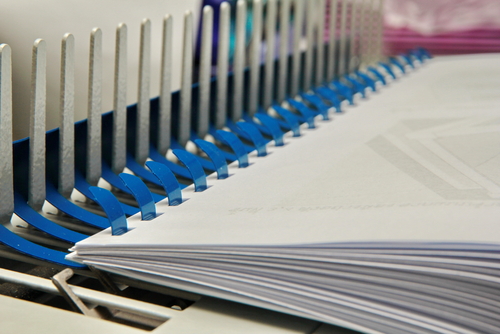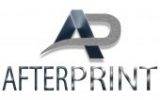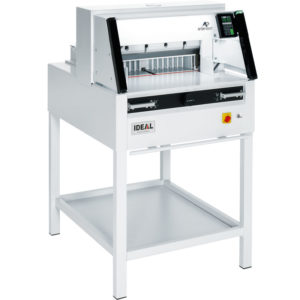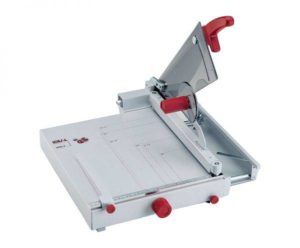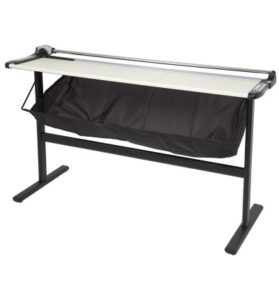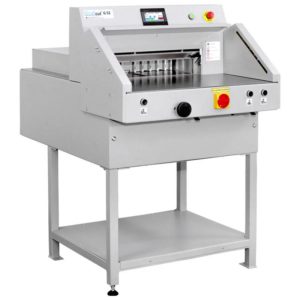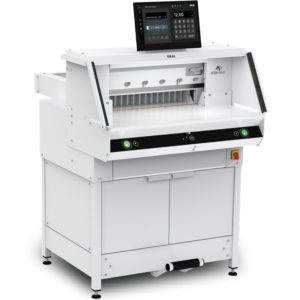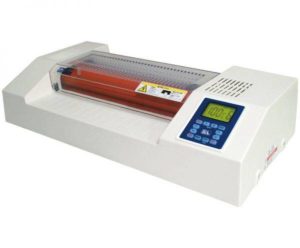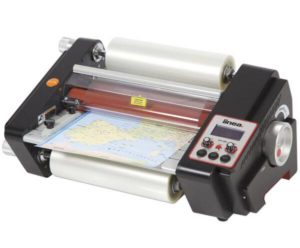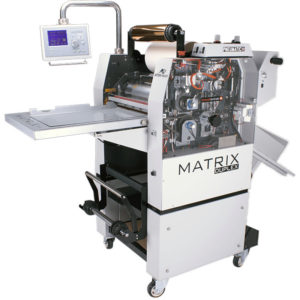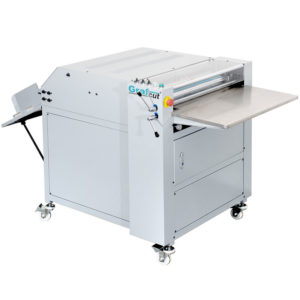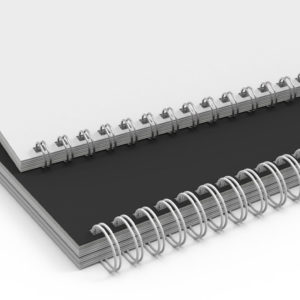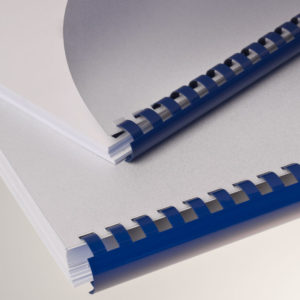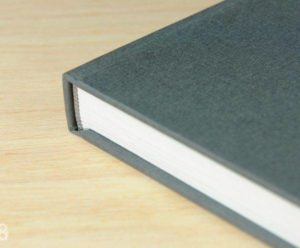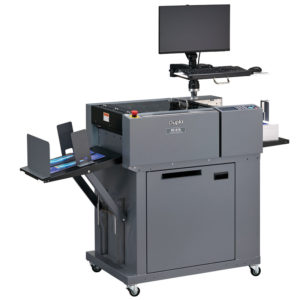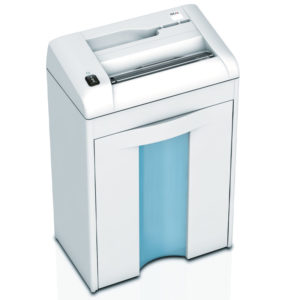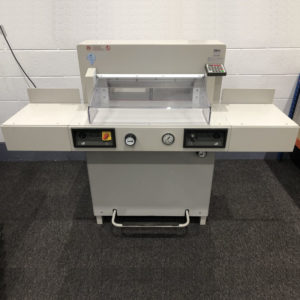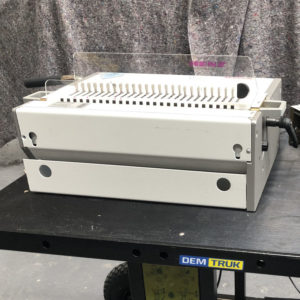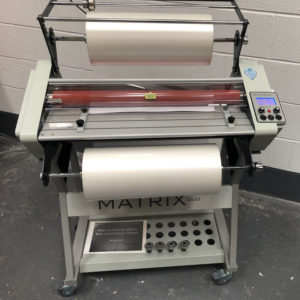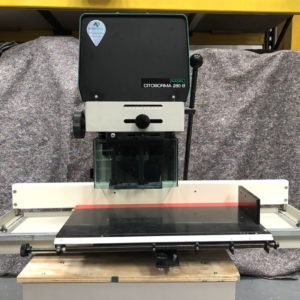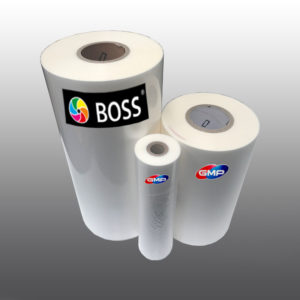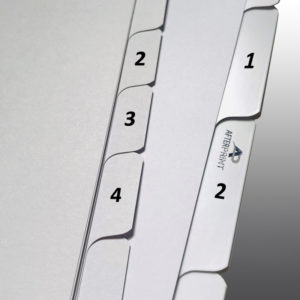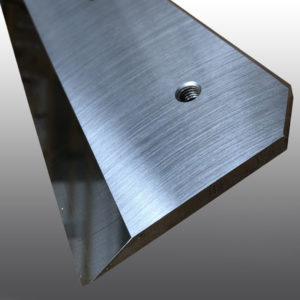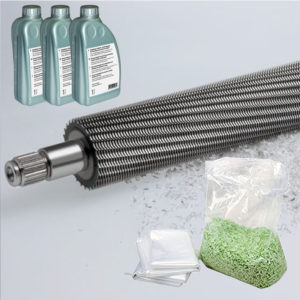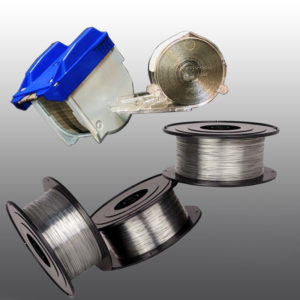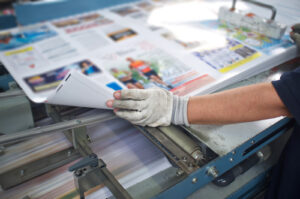5 January 2022
The Ultimate Guide to Binding Machines
Binding machines help create perfect books, periodicals, and other documents. They can also bind various other products like cereal boxes, folders, etc. Most of the binding machines are automated. So there is no manual work involved in their use.
Paper binding machines are an essential piece of equipment for bookbinders and other professionals. Without an excellent binding machine, all the hard work you put into your project will be wasted. The binding machine comes in a wide variety of features and technologies; there is no single binding machine that works for all projects.
Although there are many different binding machines, they all have similar functions. You can use these machines to bind books, packages, and other materials that need a securely fastened bond. Creating beautiful book structures is good quality work with an array of choices in the arena, such as personalization and embossing options for your projects made possible by modern tools like these binding machines.
How to Choose a Perfect Binding Machine?
Generally, there are two types of binding machines: lever and screw. The screws are much better for books made of thick materials like cardboard, canvas, or leather. They produce a more substantial result with less chance of the book coming apart. However, they tend to be more difficult and expensive to use, so they may not be suitable for all types of jobs.
A lever-type machine is a more popular option because it only needs minimal feeding of paper and is designed to be user-friendly. It produces page edges that are rounded and sleeker, so they won’t fray over time when you reread your favorite phrases repeatedly! Although there are many differences between them, both types use a paper cutter, be it the tray or blade. Moreover, they have the same components: the backstop, feeder, and head. The difference is in the amount of tension they can apply to the paper while fed through them.
How to Care For Your Binding Machine?
The binding machine should be cleaned every time used to ensure that the paper will feed through smoothly and consistently. Wipe the device clean after each project with a dry cloth, which would prevent dirt from sticking if you’re using one of those fancy leather machines!
For the rest of your binding machine, only use those materials meant for it; don’t try using cleaners or other substances altogether. It could harm nearby paper and further result in spoilage. The main components that you need to keep an eye on while they function are the feeder (where large pieces of paper enter), backstop (where books exit), cutter head( where a blade cuts out page edges), and the binding head.
The blade is the one that you should apply oil to, as it’s meant for cutting papers and can be easily affected by dust or other foreign materials. You don’t need to oil the other parts of biding machines, as they are designed for durability.
So there you have it:
- Clean up afterwards with a dry cloth.
- Be good at giving your paper materials extravagant cuts and feeds.
- Keep an eye on the working parts of your binding machine so no dust or extra substances interrupt its production quality.
